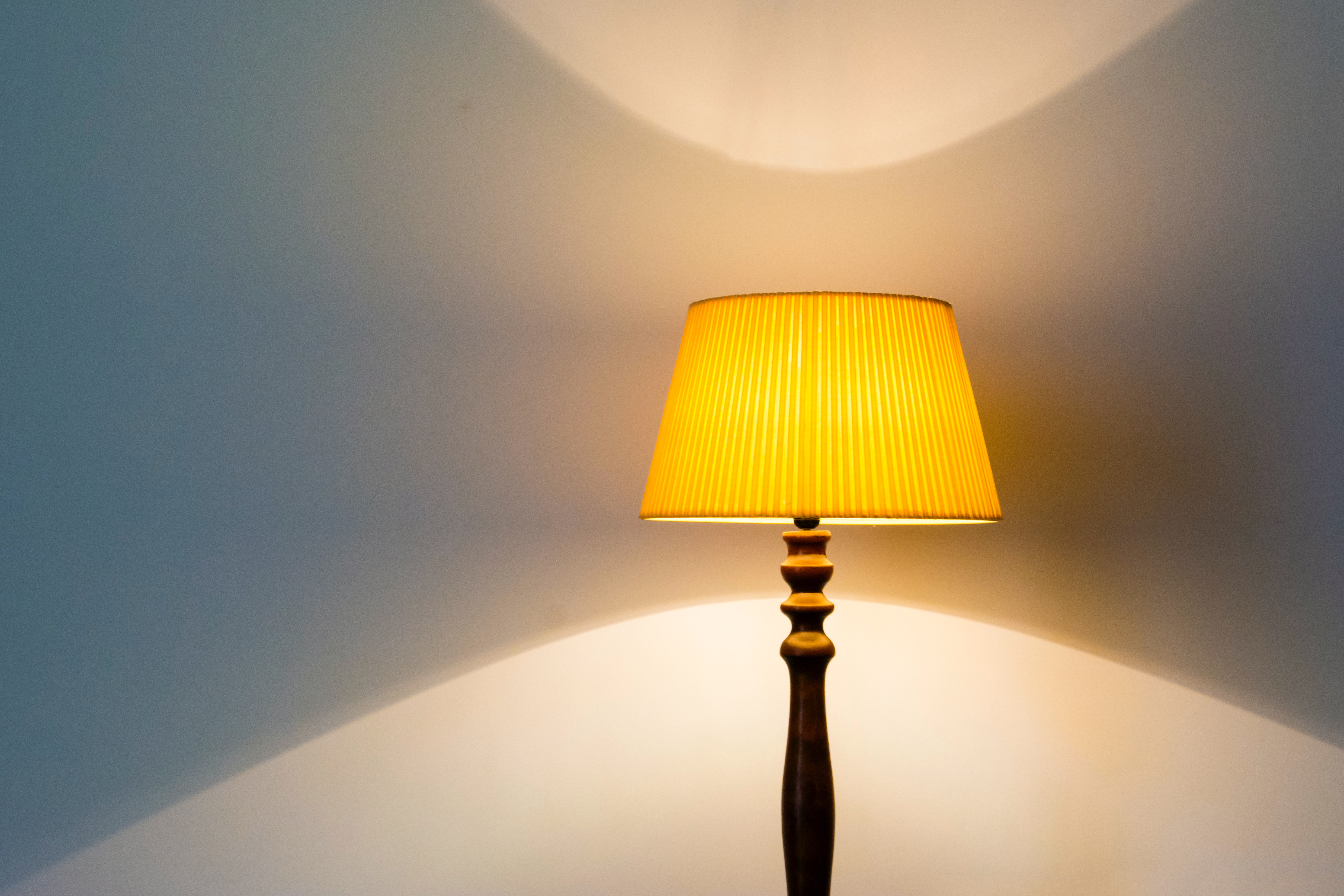Solving Common Washer and Dryer Problems: Troubleshooting Tips

Table of Contents
Laundry is an essential part of day-to-day life, and thanks to washing machines, our work is automated, and a task that could take hours can be completed within minutes. However, a malfunctioning washer or dryer can be a frustrating event.
Several common issues can affect washing machines and dryers, from mysterious leaks to strange noises and ineffective drying.
But before rushing to call a technician for repairs, it’s worth looking at some troubleshooting tips to fix these problems on our own. In this blog, we’ll discover some common washer and dryer problems and provide some practical solutions to get these appliances back in tip-top shape.
Washer Problems and Tips for Troubleshooting
1. Washer not spinning: One of the most recurring issues in the washer is that it won’t spin. Reasons could be anything from machine overload to improper balance of the washer.
Troubleshooting:
- Start by checking if the washer is overloaded. If not, ensure that the lid or door is securely closed. Modern washers have an in-built safety feature preventing them from spinning when the door opens.
- Examine the motor and drive belt for any damages or wear and tear. If the motor or belt is faulty, it requires replacement.
2. Washer is leaking: Most leaks result from a loose or damaged drain hose, a faulty drain pump, or a tub-to-pump hose that has worn out.
Troubleshooting:
- Inspect the hoses at the back of the washer for any cracks or loose connections.
- Tighten the connections and replace damaged hoses if necessary.
- Additionally, check the washer’s door gasket for tears or degradation, as it could be the source of the leak.
3. Washer is making loud noises: If you hear noises from your appliance, it may be quite unsettling. But on the bright side, with the appropriate guidance, many typical reasons for a washer creating noise may be quickly fixed.
Troubleshooting:
- Unbalanced loads can cause excessive noise during the spin cycle. To achieve optimal drying results, make sure to evenly distribute the clothes inside the drum.
- If the problem persists, the bearings, drive belt, or motor coupler might be faulty and must be replaced.
4. Washer won’t fill with water: Another common problem that one might face while washing clothes in a washer is related to the water fill in the machine.
Troubleshooting:
- Confirm that the water supply valves are fully open.
- Check the inlet hoses for kinks or blockages.
- Inspect the water inlet valve for any signs of malfunction, as it might need to be replaced.
5. Washer is not draining: There can be an obstruction in the drain hose if the water won’t drain.
Troubleshooting:
- Check if the drain hose is kinked or clogged.
- Ensure it is placed at an appropriate height from the ground to allow proper drainage.
- If the hose is clear, the pump or the drain filter might be clogged, requiring cleaning or replacement.
Dryer Problems and Troubleshooting:
1. Dryer is taking too long to dry clothes
Troubleshooting:
- Check the lint filter for any buildup and thoroughly clean it. Clogged lint filters can stop airflow, negatively impacting dryer efficiency.
- Check the dryer vent and hose for any restrictions or blockages. Indeed, proper airflow plays a crucial role in ensuring efficient drying.
2. Dryer is not heating up properly
Troubleshooting:
- Begin by verifying that the dryer is plugged in and receiving power.
- Utilize a multimeter to check the continuity of the heating element. If the heating element is found to be faulty, it will need replacement.
- Ensure the dryer’s temperature settings are accurate and not in the “air only” mode.
3. Dryer is overheating
Troubleshooting:
- An overheating dryer could result from a blocked vent or exhaust duct. Check for any obstructions and remove lint or debris hindering proper ventilation.
- Ensure the thermostat or temperature sensor functions correctly, as a malfunctioning component could cause overheating.
4. Dryer is making unusual noises
Troubleshooting:
- Squealing or grinding noises might indicate worn-out drum rollers or a defective belt.
- If the dryer is making thumping sounds, the blower wheel might be the problem. Inspect these components and replace them if needed.
5. Dryer is shutting off prematurely
Troubleshooting:
- Check if the dryer’s thermal fuse has blown. The thermal fuse is a safety feature that might fail if the dryer becomes too hot. If it’s blown, replace it.
- Verify that the dryer’s exhaust vent is not blocked, as restricted airflow can cause the thermal fuse to trip.
Tips for Regular Maintenance
Apart from troubleshooting specific issues, regular maintenance can lengthen the life of your washer and dryer and avert possible problems. Below are a few and easy maintenance tips to follow:
1. Clean the lint filter: After every load, clean the lint filter in the dryer for better efficiency and to prevent potential fire hazards.
2. Inspect hoses and vents: Occasionally check the hoses, water inlet valve, and the dryer vent for any signs of damage or blockages. Clean the dryer vent once a year to ensure proper airflow.
3. Level the washer: Ensure that your washer can prevent excessive vibration during operation. This will also help in avoiding unnecessary wear on internal components.
4. Use the suitable detergent: Use the appropriate detergent for your washer, and follow the manufacturer’s guidelines to avoid damage to the machine.
5. Check water inlet filters: Some washers have water inlet filters that can get clogged over time. Regularly inspect and clean them to prevent water flow issues.
Role of Home Warranty
A home warranty is crucial for washer and dryer owners, providing peace of mind and financial security. These appliances are integral to our daily lives, and when they encounter problems, it can be frustrating and costly to fix them.
A home warranty offers comprehensive coverage, ensuring that repairs or replacements are taken care of at a fraction of the usual expense. With access to qualified service providers, homeowners can avoid the hassle of searching for reliable technicians.
Conclusion
Common washer and dryer problems don’t have to be hard to fix. Following the tips above and regularly maintaining the device can often help fix minor problems independently. However, if you have complex problems or need help fixing them, it’s best to call a qualified appliance repair technician. Taking care of your washer and dryer will save you time and money and keep your laundry routine smooth and stress-free!






